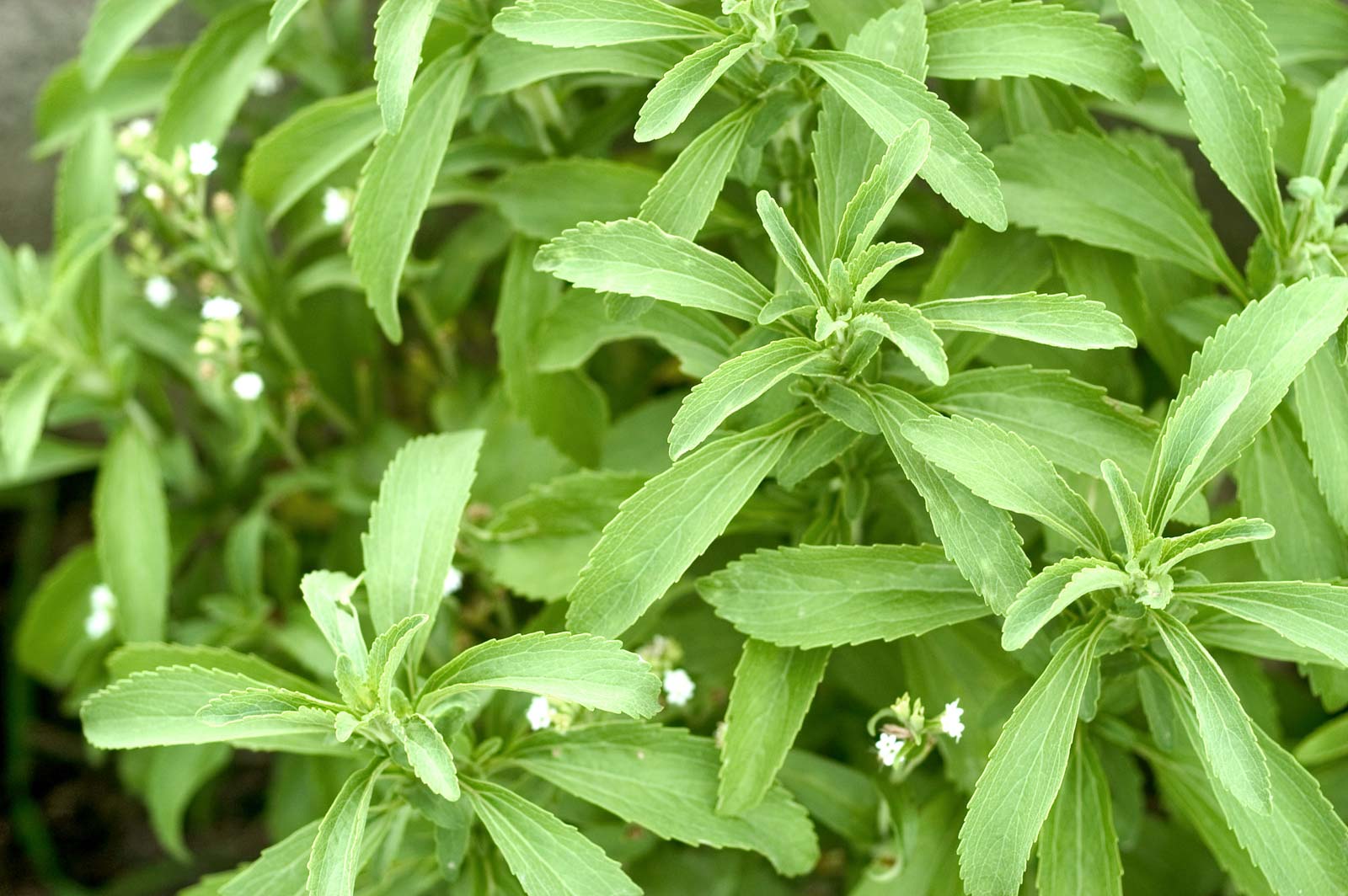Localisation and Isolation of Fungal Endophytes from Healthy Tissue of Stevia rebaudiana (Bert.)
Keywords:
Endophyte, Stevia rebaudiana (Bert.), Secondary metabolites, Lactophenol cotton blueAbstract
Endophytes arethe microorganisms living inside the plant tissue without causing any harm tothe host. For past few decades, research community has keen interest inendophyte research as endophytes are able to produce secondary metabolitessimilar to the one produced by host plant, which can be used as potentialtherapeutics against several diseases. Steviarebaudiana (Bert.) is known as a sweetener plant, but besides as sweeteningagent it has many other therapeutic potential and can be used asantihypertensive, anti-tumour, vasodilator and neuroprotective drug. Researchefforts have been made to isolate and identify fungal endophytes from Stevia rebaudiana (Bert.) but no effortshave been taken to study the potential of endophytes for steviol glycosidesproduction. So the present study includes histological studies, isolation andpurification of fungal endophytes from different parts of Stevia rebaudiana (Bert.) plant. Maximum localisation of endophyteswas observed in phloem tissue of stem. Two colonies were purified, each fromstem and leaf tissues showing cream and white morphology respectively. Microscopicstudies revealed long, branched and septate hyphae with club shaped sporangium.
References
Stone JK, Bacon CW, White JF. An overview of endophytic microbes: endophytism defined. In: Bacon CW, White JF editors. Microbial Endophytes. New York, United States: Marcel Deker Inc.; 2000. P.3-30.
Staniek A, Woerdenbag HJ, Kayser O. Endophytes: exploiting biodiversity for the improvement of natural product-based drug discovery. J. Plant Interact. 2008; 3:75-93.
Redecker D, Kodner R, Graham LE. Glomalean fungi from the Ordovician. Science. 2000; 289:1920-1921.
Kusari S, Spiteller M. Lessions from endophyte: peering under the skin of plants. In: Patro LR editor. Biotechnology – Its Growing Dimensions. New Delhi, India: Sonali Publications; 2010. P. 1-27.
Firakova S, Sturdikova M, Muckova M. Bioactive secondary metabolites produced by microorganisms associated with plants. Biologia, Bratislava. 2007; 62:251-257.
Suryanarayanan TS, Thirunavukkarasu N, Govindarajulu MB, Sasse F, Jansen R, Murali TS. Fungal endophytes and bioprospecting. Fungal Biology Reviews. 2009; 23:9-19.
Strobel G, Daisy B. Bioprospecting for microbial endophytes and their natural products. Microbiology and Molecular Biology Reviews. 2003; 67:491-502.
Cordier T, Robin C, Capdevielle X, Loustau MLD, Vacher C. Spatial variability of phyllosphere fungal assemblages: genetic distance predominates over geographic distance in a European beech stand (Fagus sylvatica). Fungal ecology. 2012; in press.
Jumpponen A, Jones KL. Seasonally dynamic fungal communities in the Quercus macrocarpa phyllosphere differ between urban and nonurban environments. New Phytologist. 2010; 186: 496–513.
Kusari S, Zuhlke S, Spiteller M. An endophytic fungus from Camptotheca acuminate that produces camptothecin and analogues. J. Nat. Prod. 2009; 72: 2-7.
Zhang HW, Song YC, Tan RX. Biology and chemistry of endophytes. Nat. Prod. Rep.2006; 23:753–771.
Hussain MS, Fareed S, Ansari S, Rahman MA, Ahmad IZ, and Saeed M. Current approaches toward production of secondary plant metabolites. J Pharm Bioallied Sci. 2012; 4: 10–20.
Jennewein S, Rithner CD, Williams RM, Croteau RB. Taxol biosynthesis: Taxane 13 alpha-hydroxylase is a cytochrome P450-dependent monooxygenase. Proc Natl Acad Sci. 2001; 98:13595–600.
Din MSU, Chowdhury MS, Khan MMH, Din MBU, Ahmed R, Baten. In vitro propagation of Stevia rebaudiana (Bert.) in Bangladesh. Afri J. of Biotech. 2006; 5: 1238-1240
Chatsudthipong V, Muanprasat C. Stevioside and related compounds: therapeutic benefits beyond sweetnwss, Pharmacology & therapeutics. 2009; 121:41-54.
Gregersen S, Jeppesen PB, Holst JJ, Hermansen K. Antihyperglycemic Effects of Stevioside in Type 2 Diabetic Subjects. Metabolism. 2004; 53:73-76.
Ferri LA, Alves ADP, Yamada SS, Gazola S, Batista MR, Bazotte RB. Investigation of the antihypertensive effect of oral crude stevioside in patients with mild essential hypertension. Phytother. Res. 2006; 20:732-736.
Yasukawa K, Kitanaka S, Seo S. Inhibitory effect of stevioside on tumor promotion by 12-O-tetradecanoylphorbol-13-acetate in two-stage carcinogenesis in mouse skin. Biol. Pharm. Bull. 2002; 25:1488–1490.
Bornia ECS, Amaral VD, Bazotte R B, alves-do-prado W. The reduction of arterial tension produced by stevioside is dependent on nitric oxide synthase activity when the endothelium is intact. J. Smooth Muscle Res.2008; 44:1–8.
Mandal S, Evelin H, Giri B, Singh VP, Kapoor R. Arbuscular mycorrhiza enhances the production of stevioside and rebaudioside-A in Stevia rebaudiana via nutritional and non-nutritional mechanisms. Applied Soil Ecology. 2013; 72: 187–194.
Prakash A, Begum R, Johri BN. Diversity of endophytic fungi in leaves of stevia rebaudiana bertoni. In Proceedings of the 12th internationational symposium on microbial ecology: 17-22 august 2008; India.



